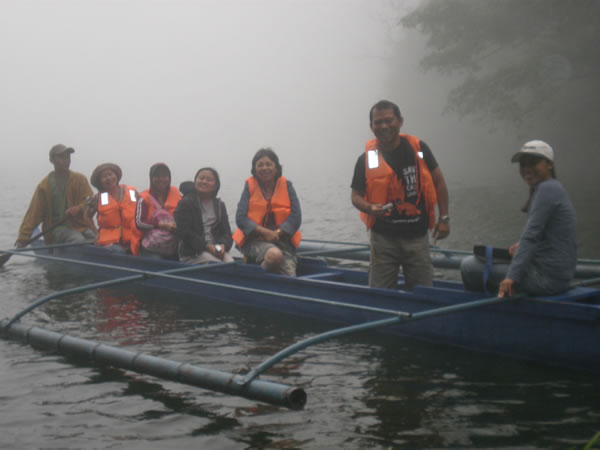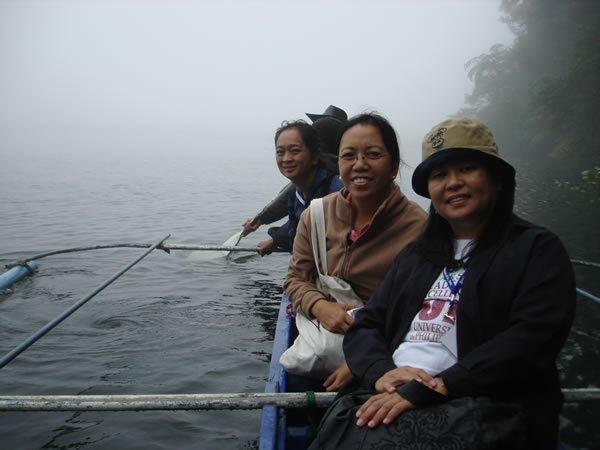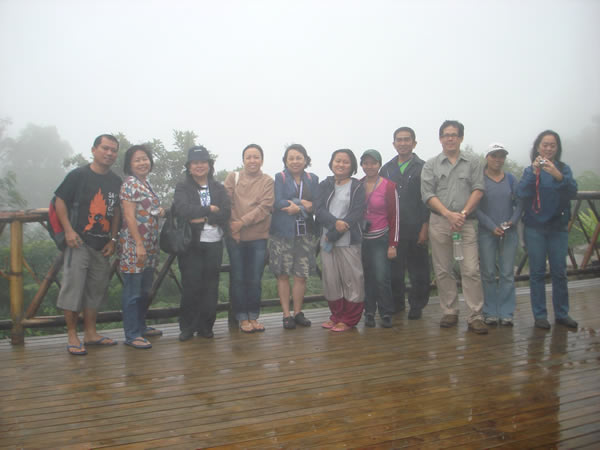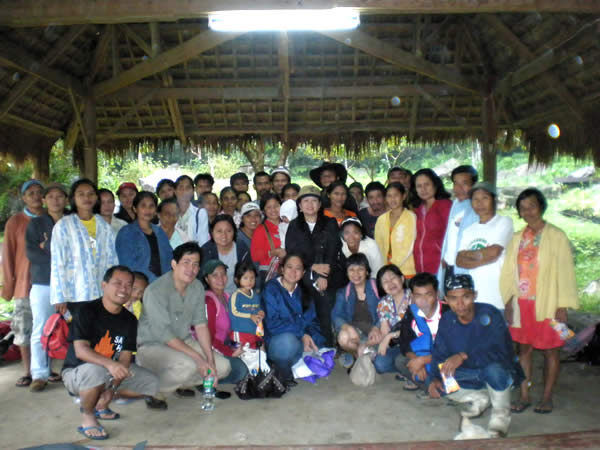 The National Conference on Wetlands, Climate Change Adaptation and Biodiversity Conservation (NCWCCBC) held on 12 to 14 January 2009 at Silliman University in Dumaguete City aimed at setting the stage for the development of a national policy on wetlands, and a national strategy and action plan for the wise use of wetlands and wetlands resources, incorporating concerns on biodiversity conservation and climate change adaptation.
The National Conference on Wetlands, Climate Change Adaptation and Biodiversity Conservation (NCWCCBC) held on 12 to 14 January 2009 at Silliman University in Dumaguete City aimed at setting the stage for the development of a national policy on wetlands, and a national strategy and action plan for the wise use of wetlands and wetlands resources, incorporating concerns on biodiversity conservation and climate change adaptation.
Field Exposure Trip/Observation and Community Interaction
The theme of the Field Exposure Trips on the second day of Conference (13 January 2009) was Community-Led Wetland Management Strategies. There were 5 field exposure sites, namely Apo Island, Bayawan Wetland, Lake Balanan, Bais Bay Mangrove Reserve and Lake Balinsasayao.
Lake Balinsasayao



… meeting the members of the Balinsasayao Twin Lakes Farmers Association
Balinsasayao and Danao Twin Lakes, which cover an area of about 8,000 hectares encompassing the municipalities of Valencia, Sibulan and San Jose, are a haven of pristine flora and fauna. As soon as we arrived at the site, we wasted no time in exploring the park. We started descending from the ridge towards Balinsasayao, the first lake, following a damp path with trees all around us. Balinsasayao Lake is about 2.5 times as big as its twin, Danao Lake, with a total surface area of 76 hectares. It can go as deep as 90 meters and has a maximum width of about one-and-a-half kilometers running north to west and a maximum width of about a kilometer from north to south.
Two bancas carried us to the western end of the lake, and halfway through the cruise. As soon as we reached land, we hiked for about five minutes towards the ridge and another five downhill towards the smaller Danao Lake. Danao Lake has a surface area of about 30 hectares and can go as deep as 55 meters. It is almost a kilometer long and is about half-a-kilometer wide running in a direction parallel to its bigger sibling. Unlike Balinsasayao Lake which is trapezoidal in shape, Danao is almost triangular. We had to climb back towards the ridge and then down towards the first lake, which proved to be more challenging because the soil was too slippery and there was not much that you could hold on to in order to prevent yourself from falling.
After taking our lunch, we met with the members of the Balinsasayao Twin Lakes Farmers Association at the barangay multi-purpose hall as part of our community interaction. Management issues were raised by the community which need to be brought out with the DENR officials.
– excerpt from the report of Ms. Winnievir Balilia

Implementors, Partners and Supporters –

